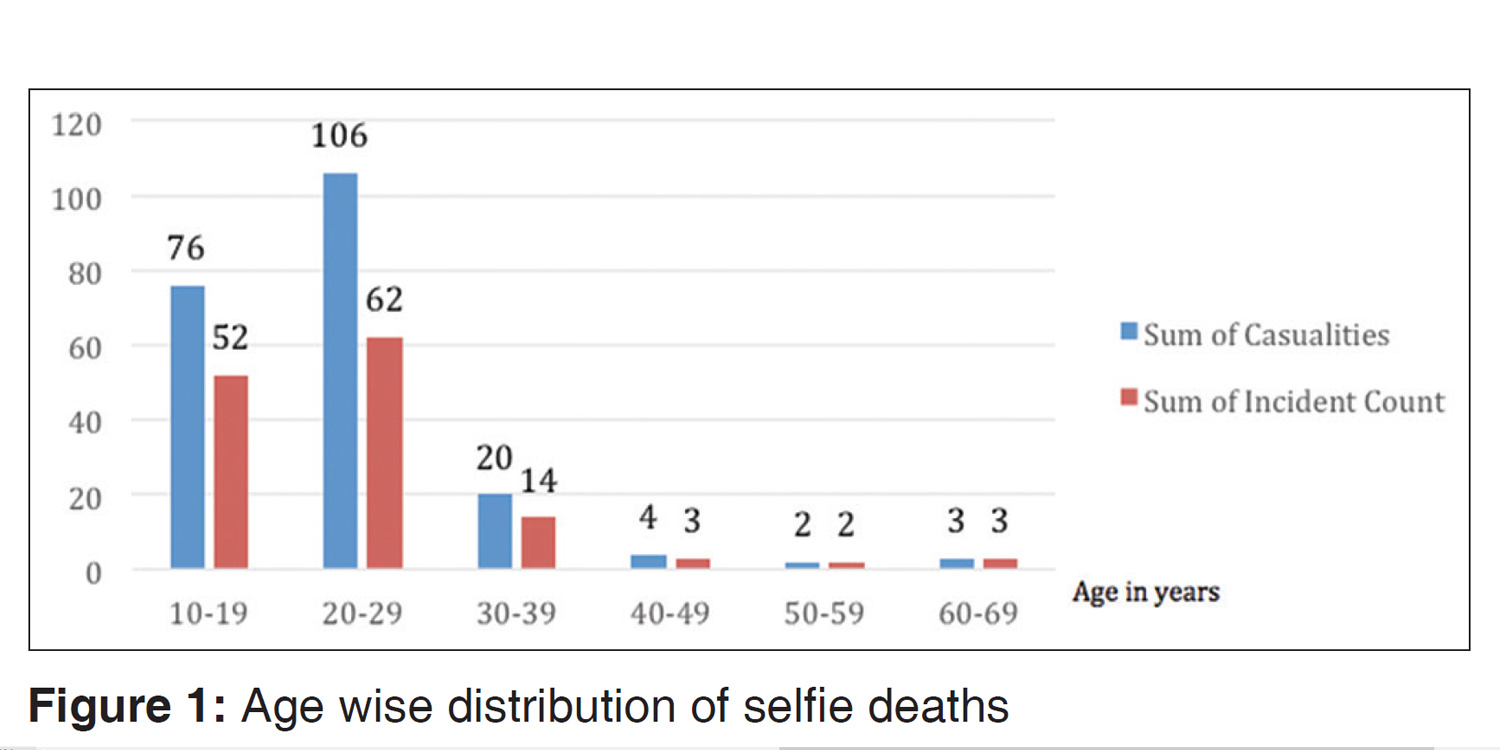[ad_1]
Oscar Wilde said, “there is no sin except stupidity.” Add narcissism to the mix, and stupid selfies killed 259 people around the world over the last six years.
Taking pictures with a bear, on the edge of a cliff, or standing on an active train track? We all heard about these disturbing stories where people die taking selfies. The trend has now been studied scientifically, and here are the results.
A Public Safety Concern
Selfie is a recent phenomenon and was named as the word of the year 2013 by Oxford Dictionary. Google estimated that 24 billion selfies were uploaded to Google photos in 2015. About 1 million selfies are clicked per day in 18-to-24-year-old demographic. Pew research centers have found that around 55 percent of millennials have posted a selfie on social media services.
Clicking selfies and sharing them on social media has become a mode of self expression, but some people sometimes portray themselves amid dangerous settings so as to gain attention on social media sites. In some cases, this has had fatal consequences. The first time Google search engine got a request for “selfie deaths” was in January 2014, when the death of a Lebanonian became the tragic viral sensation.
Therefore, the Indian Journal of Family Medicine and Primary Care published a medical study about the deaths by selfie. According to the authors, selfies “have become an emerging problem, and we performed this study to assess the epidemiology of selfie-related deaths across the globe.” The findings are troubling: deaths related to selfies killed 259 persons between October 2011 and November 2017. Essentially, each year, selfies kill about 20 times more people than shark attacks.
A Growing Trend
There have been three selfie related deaths reported in 2011, two in 2013, 13 in 2014, 50 in 2015, 98 and 93, respectively, in 2016 and 2017. In terms of age distribution, about 50 percent of total selfie deaths occurred in 20-29 year age group followed by 36 percent deaths in 10-19 year age group. Thus, the risk to die because of selfie is considerably reduced after the age of 30.

The main cause of selfie deaths are drowning, transport, fall, and fire. Interestingly, most of the selfie deaths due to firearms occurred in the United States, which is most likely due to permissive gun laws in this country. As for the geographical representation, India ranks first, followed by Russia, USA, and Pakistan.


An Underestimated Death Toll
However the study notes that “selfies are never reported as an official cause of death. For example, certain road accidents while posing for selfies are reported as death due to road traffic accident. Thus, the true magnitude of problem is underestimated.” The authors add that a significant number of selfie-related deaths are not reported in developing countries despite that these countries grab a major chunk in overall numbers. On top of that, the study only focused on selfie-related deaths reported in English news, which dramatically reduces the scope of the research. In reality, the selfie death toll is probably much greater than 259. So please, stay safe and don’t don’t put your life at risk for the sake of likes and followers. It’s not worth it.
Reference of the study: Selfies: A boon or bane? by Agam Bansal, Chandan Garg, Abhijith Pakhare, Samiksha Gupta
[ad_2]
Original Source Link